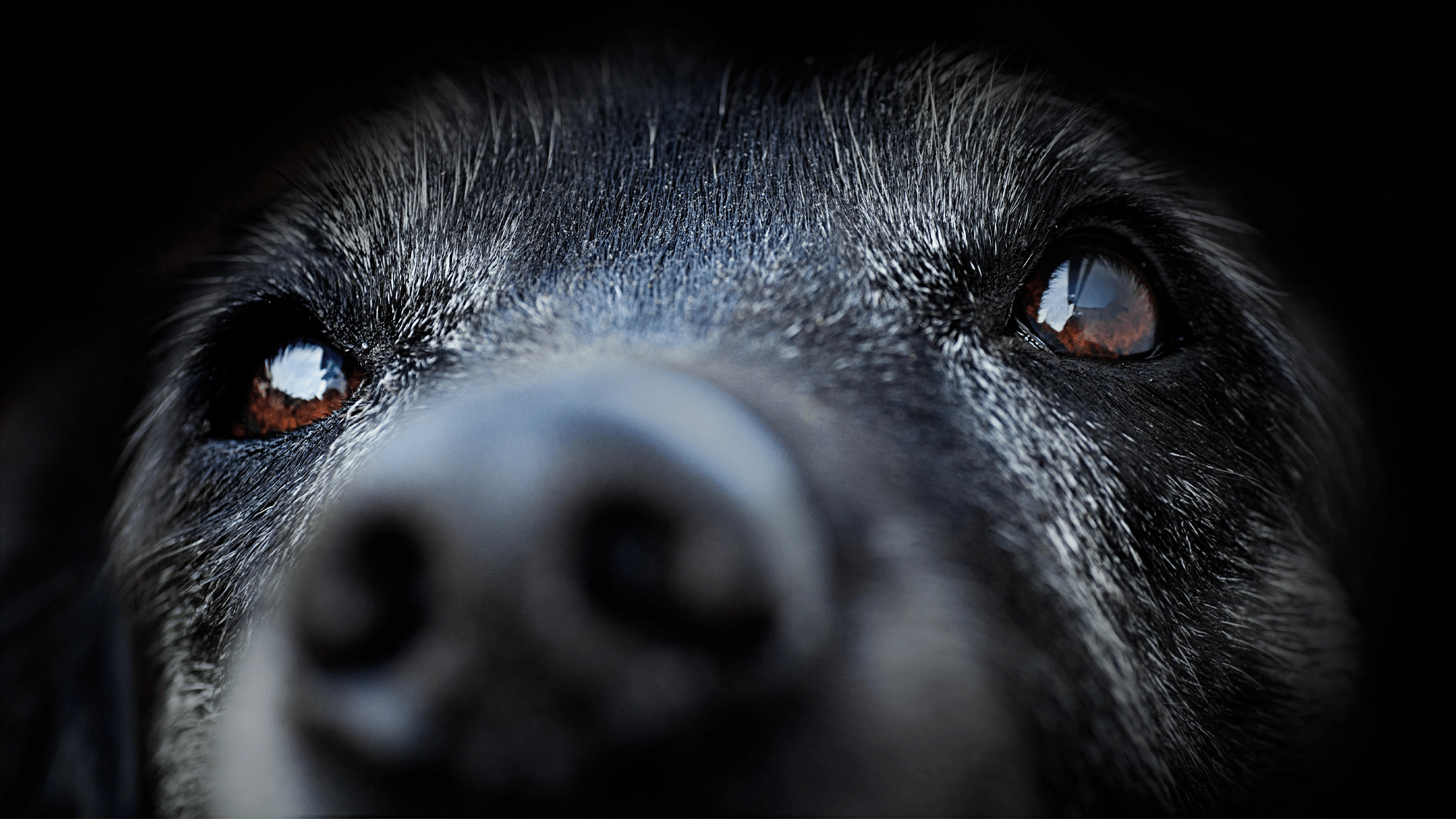Determining when an old dog really is “old” is a bit tricky. Aging can vary by breed and dogs grow old very differently than humans, so it is not really easy to draw comparisons between our ages and theirs. Now, a team of scientists has pinpointed exactly when vets can consider a canine to be in “old age.” While it can depend on the breed, a dog can generally be old at 12.5 years, according to a study published December 12 in the Journal of Small Animal Practice.
The calculation of seven dog years to one human year is a common and persistent myth regarding dog age. According to the American Veterinary Association, 15 human years is equal to the first year of a medium-sized dog’s life. The second year of life is about nine years for a person. After age two, each human year approximately five years for a dog. This more staggered year comparison and the breed-specific differences in aging, makes comparing our ages with dogs even more tricky.
In the new study, a team from the University of Liverpool in the United Kingdom analyzed a database of veterinary electronic health records called the Small Animal Surveillance Network. They found that smaller breeds–such as Jack Russell terriers–tend to age more slowly. They might be considered old when they are closer to 14. Larger breeds like labrador retrievers, are considered older almost two years earlier at 12.
The team also identified the top five health concerns that affect older dogs. The first concern was weight related issues (35 percent), including weight loss and being too heavy or underweight. Musculoskeletal problems including mobility challenges and stiffness came in second at 33 percent. Tartar buildup, periodontal disease, and other dental conditions came in at 31 percent. Skin related problems–lumps, infections, and hair loss was a concern for 28 percent of the records sampled. Finally, digestive issues such as diarrhea and vomiting were a concern for 22 percent.
[ Related: Dogs really are communicating via button boards, new research suggests. ]
“This study allowed us for the first time to examine when vets start noting that dogs are now in a stage of their life where they consider them to be ‘elderly’ or ‘senior,’” study co-author and University of Liverpool animal-human interaction researcher Carri Westgarth said in a statement. “By analysing what signs owners were noticing and conditions the vets were diagnosing, we can improve our understanding of how to provide the best care for our dogs.”
The authors used these results to develop an Ageing Canine Toolkit. The free online resource includes a checklist of signs to look out for as your dog grows older. It recommends that dog owners watch out for signs of lethargy, if a dog appears more wobbly when walking, and if a dog is walking around at night more and appearing more anxious.
Some of the common signs of aging in dogs to look out for include cloudy eyes or difficulty seeing, increasingly bad breath, slowing down when walking or running, and difficulty urinating or pooping. All of these should be discussed with a vet, to make sure it is not the sign of a more serious illness like cancer.
For older dogs, the team recommends regular visits to the vet, that owners understand breed-specific conditions so that they can stay ahead of healthcare needs, and to be proactive about their dog’s health.
This study was funded by BSAVA PetSavers, the fundraising and grant awarding division of the British Small Animal Veterinary Association.
Source link https://www.popsci.com/environment/what-age-is-dog-old/


